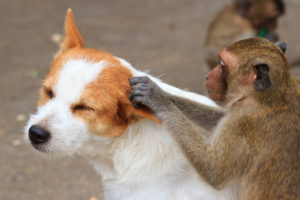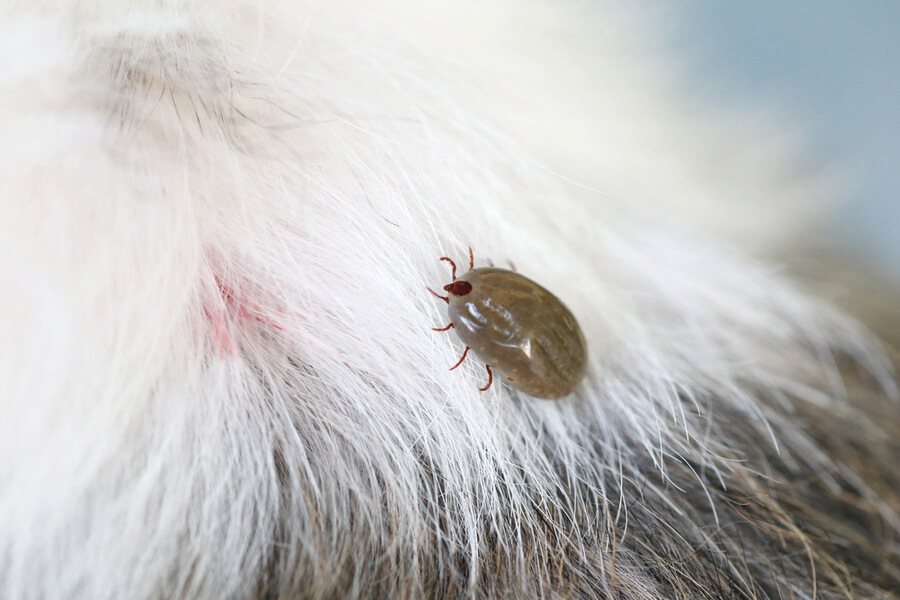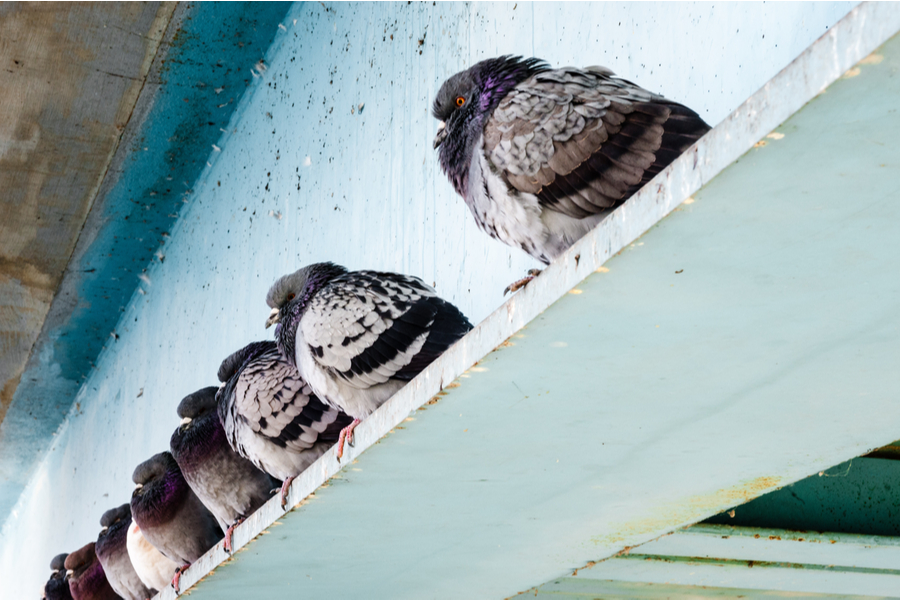
Watch for Wild Animals
Ticks can feed on wild animals like raccoons, rabbits, mice, and squirrels just as easily as they feed on pets. Unlike pets, however, wild animals are always outside and don’t have a good owner like you looking out for them. If your pet ends up with ticks, it’s probably because they had close contact with a wild animal or wild animal remains. Limiting your pet’s exposure to wild or stray animals is one of the most important ways to keep ticks off of them. Make sure wild animals can’t wander into your yard, especially if you let your pet outside to roam around. Consider keeping your pet inside at night, when wild animals tend to become more active. Don’t count on a fence to keep animals like squirrels or raccoons out of your backyard.
Yard Work
Ticks like to perch on the top of tall grasses, shrubs, or plants when they’re looking for food. They watch and wait from these vantage points and sneak onto your pet when they wander close enough. They also prefer to shelter in the shade or under heavy foliage, where they can remain hidden. Depriving ticks of their favorite tools will make your yard and home look a lot less viable as a hunting ground. Mow your lawn frequently, especially during the summer. Keep your hedges, shrubs, and ornamental grasses trimmed close and avoid uncontrolled growth. Keep your garden well-trimmed, watered, and weeded. Consider simplifying your landscaping if you have a pet that spends time outside. Pay particular attention to plants that require a lot of water and produce or hang on to moisture for extended periods of time. Do your best to keep your pet from charging through your bushes (if you can stop them).
Stick to the Path
Ticks are most likely to latch onto your pet while you’re out on a walk with them. Think about it: instead of saying in roughly the same area, you and your pet pass all kinds of different habitats. Ticks move slowly and subtly, so It’s difficult to observe the moment they latch on. You may have been looking directly at your pet when a tick hitched a ride! Look out for overgrown or poorly maintained path or overhanging plant life on your walking routes. During bad tick seasons, consider walking your pet around your neighborhood instead of going through a park. Keep your pet on a leash at all times while you walk them outdoors, and don’t let them run too far ahead of you. Don’t let your pet sniff around or dawdle near tall plant life for too long, especially in the evening.








